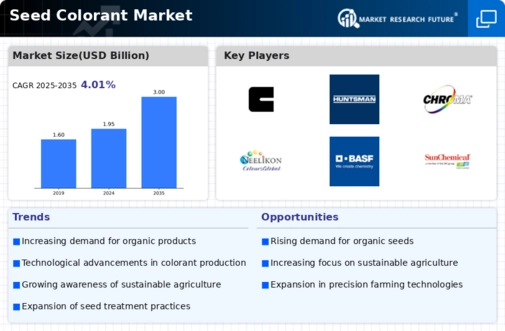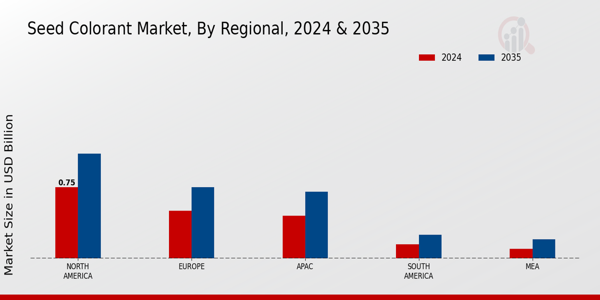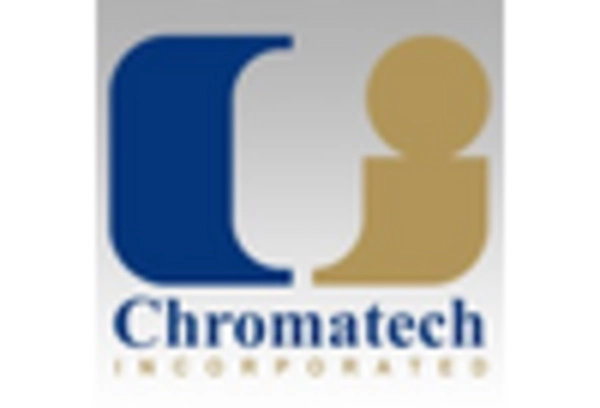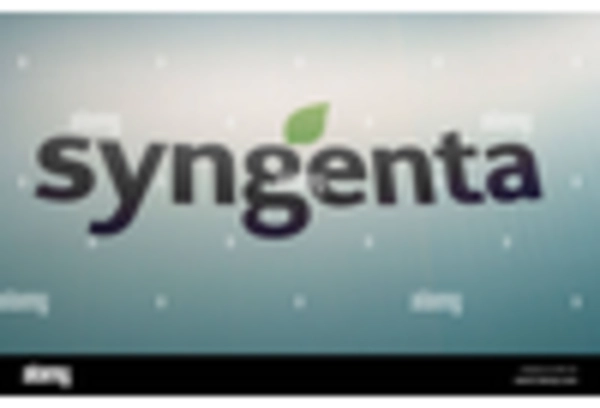The Seed Colorant Market is characterized by a diverse and competitive landscape, where various players strive to innovate and capture market share. The demand for seed colorants is primarily driven by the increasing need for enhanced agricultural practices, where visual identification of seeds plays a crucial role in improving crop yield and quality.
In recent years, sustainable agriculture has gained traction, prompting players in the market to develop eco-friendly solutions that not only enhance the aesthetic appeal of seeds but also ensure compliance with environmental regulations.
Competitive strategies focus on product differentiation through innovations in colorant formulations and the adoption of advanced technologies. The market is also influenced by strong distribution networks and partnerships, which enhance market reach and customer accessibility, underscoring the importance of strategic collaborations in this sector.
Clariant is recognized for its robust presence in the Seed Colorant Market, showcasing significant strengths that set it apart from competitors. The company has established a reputation for its high-quality, sustainable seed colorants that are not only effective but environmentally friendly.
Clariant's extensive range of products caters to various crop types and agricultural practices, providing tailored solutions that meet the specific needs of farmers. Moreover, Clariant prioritizes innovation in its research and development endeavors, continuously striving to enhance existing products and develop new offerings that align with market trends toward sustainability.
The company benefits from a network of operations, allowing it to effectively serve diverse regional markets while ensuring compliance with local regulations. Clariant's commitment to quality, sustainability, and customer satisfaction underscores its competitive edge in the seed colorant sector.
Huntsman also plays a significant role in the Seed Colorant Market, leveraging its capabilities to meet the evolving demands of the agricultural industry. The company is known for its innovative colorant solutions designed specifically for seed treatment applications, enhancing seed visibility and aiding in the identification process during planting.
Huntsman's strength lies in its focus on research and technology, enabling the development of high-performance colorants that not only fulfill functional requirements but also resonate with the growing trend of eco-conscious practices.
The company's extensive distribution capabilities and strong relationships with agricultural stakeholders enhance its market presence. Huntsman aims to deliver comprehensive solutions that support sustainable practices while improving operational efficiency for seed producers, positioning itself as a reliable partner in the seed colorant landscape.


















Leave a Comment